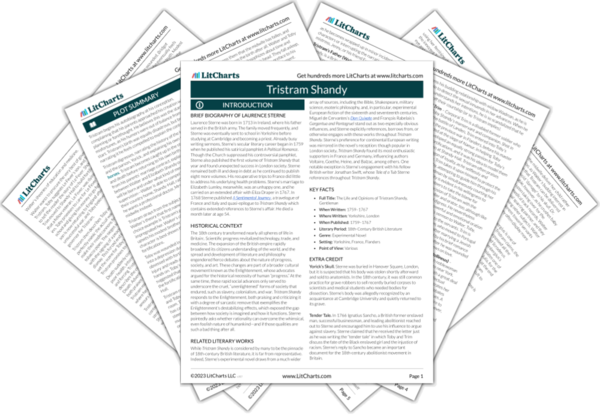The endlessly digressive nature of Toby’s studies mirrors the digressive nature of Tristram’s storytelling, suggesting that reading and writing are equally full of unavoidable detours. Toby’s frustration with physics also recalls Tristram’s own apologies for being unable to narrate his story in a more linear way; in both cases, trying to read or write more straightforwardly requires even more digressions as one makes sense of each new character, place, or event. The difference between Tristram and Toby, however, is that Tristram’s digressions are motivated by a sense of play, while Toby is on a quest for the “truth.”
